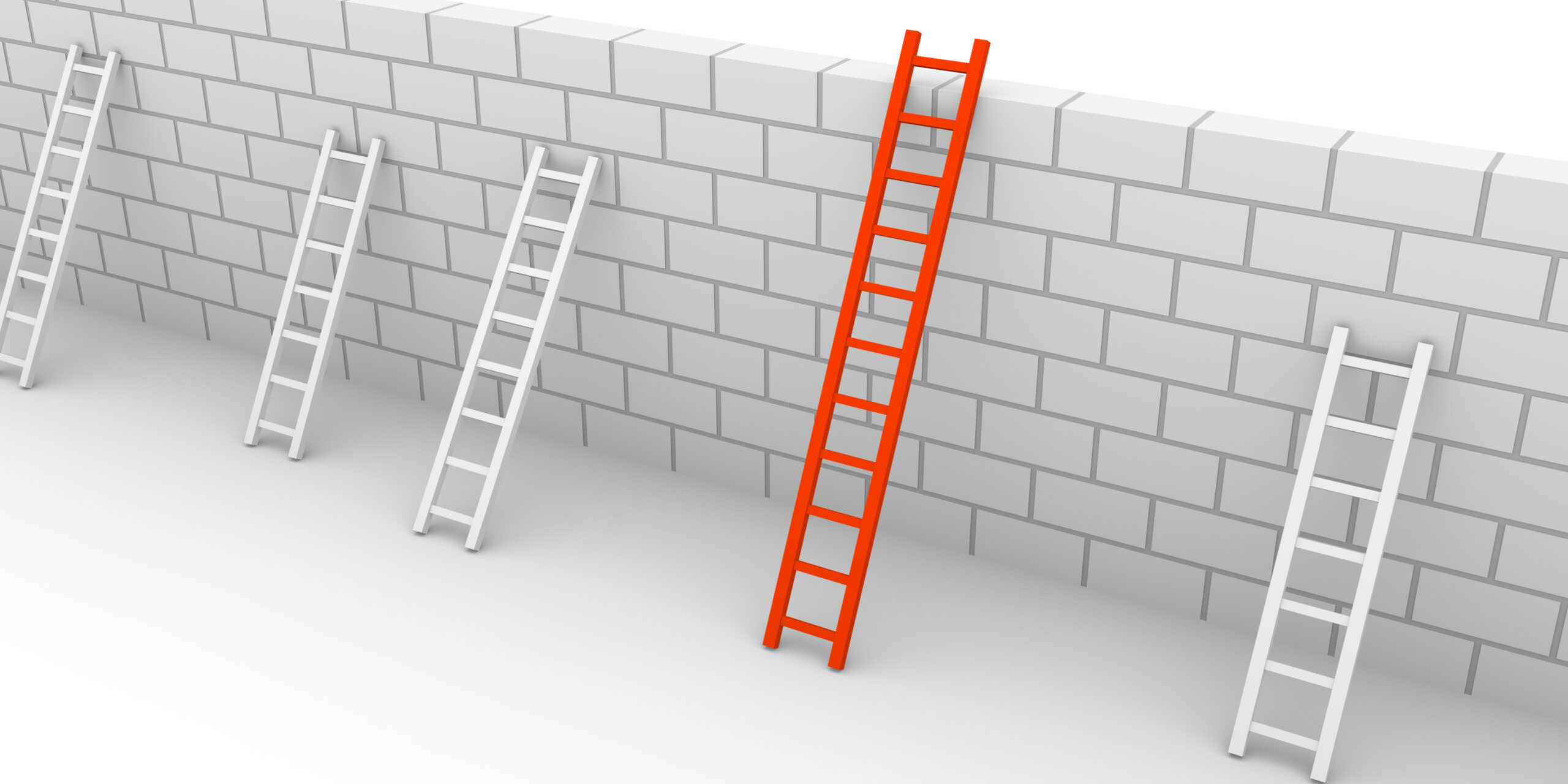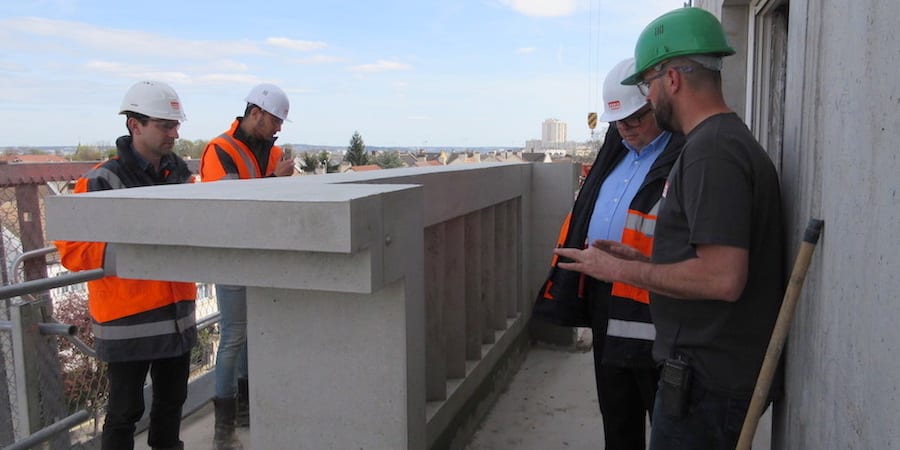
The hands of many
CASE STUDY – A dedicated pathway and the introduction of lean healthcare principles is bringing people together to provide better care to older, frail people in an Irish hospital group.
Words: Fiona Keogan, Service Improvement Lead, Ireland East Hospital Group
Ireland East Hospital Group (IEHG) is Ireland’s largest hospital group with a population of approximately one million people. There were 43,665 emergency presentations of those aged 75 years or older in 2018, with 23, 907 admissions. On average 820 beds per day are occupied by this cohort of the population.
In the Emergency Departments of our hospital group, around half of our over-75 patients show signs of frailty (the physiological decline that takes place in late life, making people particularly vulnerable). Because the Irish health system is not integrated – hospitals and social services are entirely separate (with separate budgets and staff)– there often aren’t many alternatives pathways to emergency admission.
We realized we needed to redesign and change existing pathways of care for frail older people accessing the IEHG acute hospital services to meet increasing demand. Bringing together our community partners and personnel from key services (social care, geriatrics, primary care, etc.), we co-designed what the ideal service for frail older people could look like in the future. Our aim was to improve care for this type of patients, and perhaps ease the pressure on our Emergency Departments.
The greatest challenge was to ensure that our hospital staff could identify and manage frail patients effectively. One of the first processes we introduced – initially in one hospital, now in four – was a screening system: everybody who presents at our sites and is aged 75 or over is now screened for frailty (the test consists of three questions). Whenever a patient is identified as frail, an alert is sent out to a multi-disciplinary team (or a nominated first respondent), who will complete a Comprehensive Geriatric Assessment within an hour if possible. The aim of this assessment is to assess all the person’s needs, looking at the wider determinants of their health as opposed to only what they are presenting with.
We assess frailty looking at the context in which a person lives. There are several elements that might make a frail or pre-frail person more or less vulnerable, and that’s what we aim to capture. For instance, the support mechanism of family and carers they might have around them is an important element to consider when decisions on the course of action are made. Frailty is a multi-faceted condition: you might be 85 years old and not frail, for example, if you can wash and dress yourself and leave your house without any help.
Without this careful analysis of a patient’s situation, poor decisions are made: if we don’t know the context, we can only base our plan for provision of care on the person lying in bed and end up neglecting important information on that person’s daily life. Knowing this information early on is critical: if, for example, the frail patient has access to good care at home, we ask whether admission to hospital is the best option. Admission is the default response when managing frail patients, but the truth is that staying in a hospital is not necessarily ideal: it exposes the patient to the risk of infection, risk of immobilization and deconditioning and takes them out of their routine, making them vulnerable to confusion and delirium.
Critically, if the patient is discharged after being treated, we can now send the Comprehensive Geriatric Assessment form to the community service staff or the GP. If they are admitted, they go to the ward but are tagged as frail, which means hospital staff will pay extra attention to them. It’s important for this information to follow the patient once he or she leaves the Emergency Department.
A recent study shows that 45% of the Irish population aged 65 or over is pre-frail, and 24% is frail. Preventive care (from more protein in a patient’s diet to a more active social life or daily exercise) will ensure better future health, but we need to find the patients at risk first! That’s why our assessment work is so important. In fact, in our future state, we’d like to get to a point where every Irish person is screened – by the GP or community nurse, for example – once they reach a certain age. We must think bigger and look at the overall healthcare system, as opposed to just the patients who receive emergency care.
THE LEAN WORK
The Frailty value stream was one of the first programs of work identified as part of our lean journey and we set out to build a model line for frailty across the group. We started with one site, because we wanted to build the right culture, winning hearts and minds and creating a social movement before scaling and spreading across the organization.
We undertook values and visioning workshops with each site and completed value stream analysis at the sites followed by week-long Rapid Improvement Events (RIEs) that were critical in making the frailty pathway a reality. Not everybody saw the value of this right away: some of the people participating in the first RIEs felt they didn’t need to be there and that they couldn’t contribute much. However, as soon as we got down to the detail of the patient experience and current processes, they realized they in fact had a whole lot to say, because they constantly interact with our patients and see the issues daily.
For IEHG, it was something of an “a-ha{“ moment to learn how much our community partners know about patients, and how often they know the solutions to a problem. They are a very important part of the healthcare system, yet often are not communicated with during a hospital admission. The information they provide us allows for different conversations to take place, and for better care to be provided. Lean has enabled people who would otherwise work in a non-integrated way (hospital and community staff) to join forces to create better outcomes for patients. It is helping us to make up for the shortcomings of a siloed system.
Indeed, there is no doubt the biggest contribution to our shift in mindset came from bringing people together – from laboratory staff to nurses, porters to surgeons, local GPs to social workers. Lean is very powerful in this context: when we map the patient journey, the information and the problems we uncover are laid out in front of us. Nobody can deny the issues. And when people go back to their workplaces, they see those same issues playing out and start to think how they can improve them.
Over the past 18 months, we have introduced lean improvements in a front-door frailty pathway in four of our sites – St. Luke’s Hospital Kilkenny was leading the way initially and is therefore the site furthest along. We are taking time to ensure we can embed the right culture across our sites, and it looks like it’s working: there are clear signs that people are starting to think in a different way. They are accepting that the current care we provide to frail people is not optimal (and they get upset about it), and there is now a sense of urgency across the organization that is acting as a catalyst for change. Our staff are using the language of frailty and most importantly we have seen marked improvements in the care older, frail patients receive. We are also training staff to develop a more frailty-attuned workforce.
We also invest a lot of time in ensuring we share knowledge and experience across our sites. In each of the sites which we have supported, we have organized visits – whether to share best practices or to learn from colleagues who are more advanced in their journey. There is an expectation that people showcase their work and support others, and this approach is appreciated by frontline staff: it encourages people to go above and beyond. Seeing that your colleagues can do it tells you that you can do it, too!
BENEFITS ALL AROUND
Even though our work to date has has only focused on the first 72 hours of the emergency pathway, we have already seen great benefits for everyone involved. It’s very encouraging.
Our frail patients are now having a very different experience when they visit one of the four hospitals that have implemented the pathway (in particular, the Kilkenny site which has a dedicated team): they are now managed more proactively. This has two main implications: first, patients are exposed to much less risk and, secondly, they are given a voice.
Without the initial assessment that we now perform, it would be challenging to know whether there are alternatives to admission and patients and carers may not have a chance to express their wishes. If their health deteriorates, our frail patients might prefer to avoid going to a nursing home or be admitted to hospital to receive “heroic measures” (intensive care, CPR, and so on). Many older people would choose to live at home for as long as they can and perhaps die there. In order to facilitate this, we need to have those end-of-life pathways clear. Lean has given us the tools to care for our patients in the way they want.
There are great wins for our staff, too. They are now using a common language and have many more opportunities to learn and develop themselves than they did before. More importantly, they are given permission to work in a different way and be more comprehensive in their approach. Working this way is more fulfilling and uses the advanced skills and competencies of staff.
The system is reaping the benefits for our frail older patients. We are beginning to better understand workflow and demand for each of our hospitals for frail older people. We are getting clarity on predicted numbers of patients requiring care in each site: for instance, knowing total daily presentations aged over 75 years and numbers of potentially frail patients is important to plan and manage effective discharges. Another significant advantage of the new system is the relationship with our community partners: collective responsibility and problem solving as part of the team has had a huge impact, and we are already seen impressive results. In Kilkenny, for example, the number of readmissions of patients over 85 years was reduced from 20.5% to 10.9%. There are also more people going home now than to nursing homes, which is a significant saving to the healthcare system.
Elderly, frail people are some of the most vulnerable patients that can walk through the doors of a hospital, and to us it’s important to continue working to make their experience better, safer and more comfortable. The way to enable this is through lean thinking. The processes we use to get where we want to be are creating the culture we wish to embed.
To learn about the lean transformation of the hospital group, click here.
THE AUTHOR

Read more


FEATURE – Leading by solving problems is a key trait of any lean leader, but it is important to understand that not all problems are their prerogative.



INTERVIEW – At the recent UK Lean Summit, we met the Head of Student Services of an English high school. We asked her about the interesting work the school is doing to improve the delivery of education to students with special needs using lean thinking.


COLUMN – Digitalization is now on the agenda of executive teams and is encouraging organizations to review their business models. But how does IT fit into the picture? What is its role? How can lean help?


NOTES FROM THE GEMBA – With a strong focus on quality and on solving problems once and for all, Paris Ouest Construction has managed to weather the storm of the recession, the author finds out during a gemba walk.

